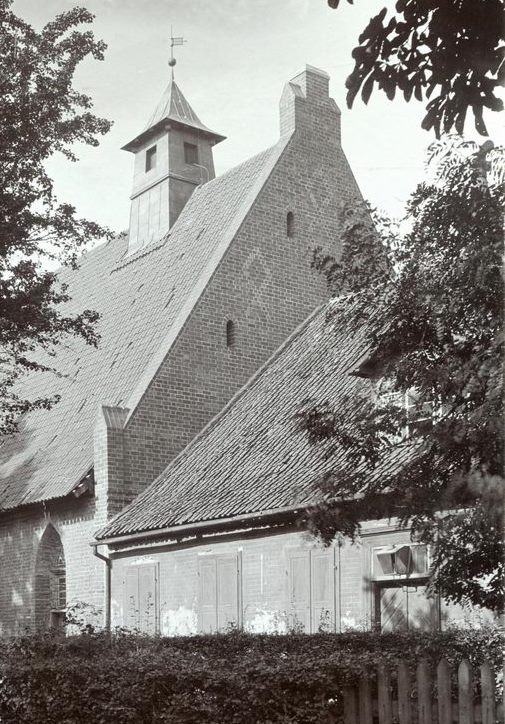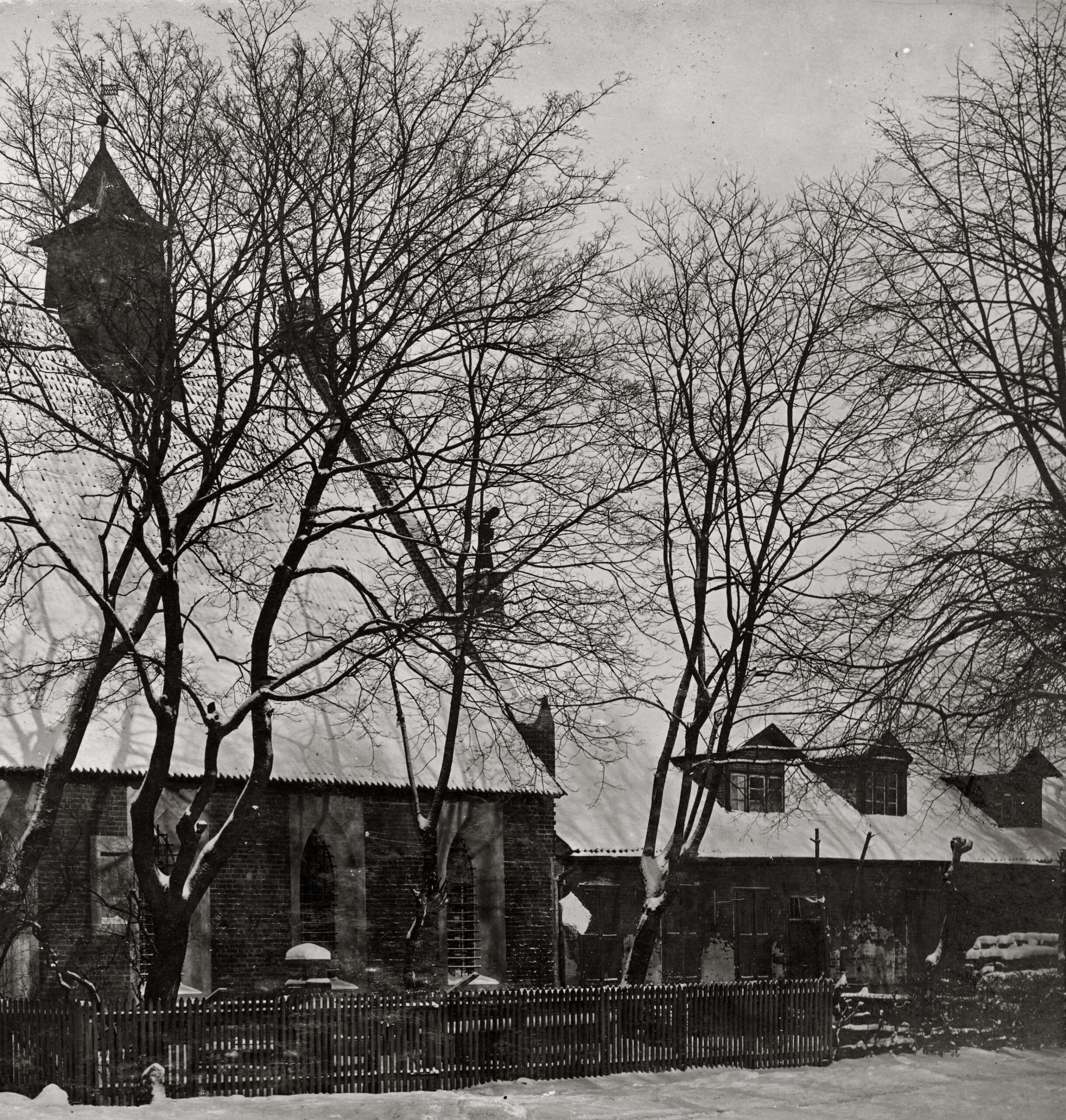Just over a month ago, the Malbork Castle Museum informed about the subsidy granted from the Financial Mechanism of the European Economic Area and the Polish budget for the project “Reconstruction of historic farm buildings in the outskirts of the castle in Malbork together with their adaptation to cultural and educational functions”.
This project entails carrying out of conservation and construction works in outbuildings in the Outskirts of the Castle (ruined in 1945 and only partially rebuilt) that will ultimately enable the functioning of: a library, a conservation workshop, a digitization studio and the Post-Teutonic Heritage Research Center. All these functions were present in the castle walls from the time of publishing the Reports we discuss in this series.
The issues of access to information (library), concern for sustainability (conservation), preservation of information (photo / digitization workshop) and research are so universal that everything can change: nationality, people and language, systems, technologies and economic realities but the needs of conservators and museum workers (guardians of monuments) are always the same.
In the texts of the Reports and News, there is a lot of information about castle libraries (as the general collection was separated from the numismatic collection), research works and publications of the catalog of coins and medals, current conservation prophylaxis, resisting the natural process of atrophy of “castle substance”. Relatively the least space was devoted to the photographic repository, which collected negatives and photographic prints showing, apart from the castle, other buildings and works of art from the area of the monastic state and neighboring countries.

ILL. 1. View of the Church of St. Lawrence and farm buildings from the castle tower, ca. 1871-1876; Marienburg Baujahr 1911, ill. 38.

ILL. 2. View of the southern section of farm buildings from the Nogat side, Gustaw Fademrecht, around 1880; no. inv. MZM / DH / 185
Today, however, we will only comment on the issues of the utility use of buildings at that time, which will be renovated and rebuilt in the coming years.
News of the Royal Board of Reconstruction of the Castle in Malbork about the activity in the years of construction 1909, 1910 and 1911:
[…] an oblong building in the old cellars (the so-called old court). From the south it begins with the chapel of St. Lawrence. During the reporting period, it regained its old galleries and simple, careful glazing from the skillful hands of Lauterbach. The medieval tombstone of Dietrich von Logendorf, which was moved from here in 1840, was restored to the chapel again and exhibited, and the cemetery in front of the chapel was refenced. The continuation of this long building, once a brewery, malt house, mint, etc., was used in 1910 to accommodate the court staff, and besides, it serves annually as housing for Gdańsk University of Technology students during classes […].
In the commentary, we omit the issue of restoration and furnishing of the church of St. Lawrence, due to the project marked in the introduction, which will include a monographic work on this building and its interior planned for the next year.
The quoted fragment shows that apart from restoring the sacred function of the church at the construction and arrangement level, the other buildings, the so-called “economic sequenc”e did not yet have a clearly defined destination. The use of them for the occasional hospitalization of guests indicated in the quoted fragment was not a final solution.
In the next issue of the News of the Royal Board for the Reconstruction of the Castle in Malbork in West Prussia on the activity in the years of construction 1912 to 1916 (p. 8), we learn about the temporary change in its use: “[…] during the war, traffic (appeared – from BB) in the long building of the Outskirts, which serves as the barracks of the bridge company [… ] “. Then, in the same place (p. 17), we read that the building is suitable: […] for the implementation of the idea – the local military museum […], as it is […] largely unused […]. Eventually, after the end of hostilities, an expanding collection, including weapons, also those of quite modern rapporteurs, was gathered in this building, which probably fulfilled the concept of this “military museum”. Incidentally, it is worth adding that in the pre-war inventory of military collections, which is currently being prepared, the helmet of a Polish Army soldier from the September campaign and the Soviet pepeshka were noted.
(by B. Butryn)

ILL. 3. View of the southern section of farm buildings from the Nogat side, 1885; no. inv. MZM / DH / 753/17.


ILL. 4˗5. The first building in the outbuilding from the side of the Outskirts; MBj 1903, fig. 43; MBj 1906, fig. 59.

ILL. 6. Fragment of a page from the military inventory with objects recording the war waged by Germany against Poland and the USSR; Blell’sche Waffensammlung im Hochschloss d. Marienburg; no. inv. MZM / DH / 1988.
